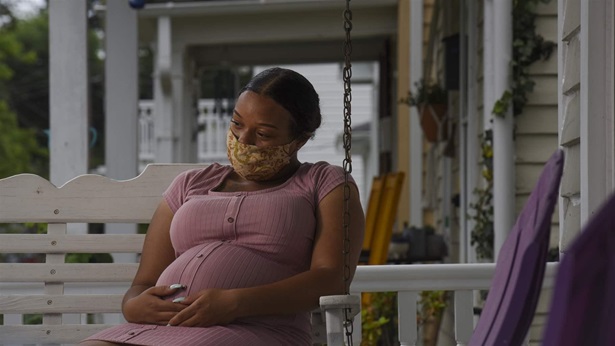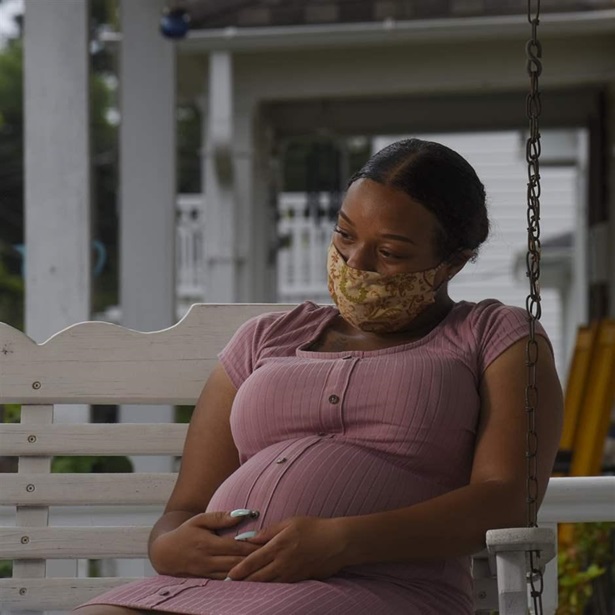Agencies and Community Groups Work to Reduce Housing Insecurity Among Pregnant People
Partnerships provide holistic approach for promoting healthy birth outcomes
The strong relationship between housing and health has been well-established, a reality that can be critically important for those who are pregnant. Affordable, quality housing—and where it is located—directly affect families’ physical and emotional well-being.
Since October 2019, cross-sector “core teams” in nine states and Washington, D.C., have been working to address drivers of maternal and infant health issues, including housing. The COVID-19 pandemic exacerbated those issues as pregnant people had to seek safe places to isolate and quarantine to avoid exposure to the novel coronavirus.
The core teams, working as part of the Health Impact Project’s Calling All Sectors Initiative, employ a “Health in All Policies” approach, a concept derived from the World Health Organization. These initiatives encourage development of public policies across sectors that consider and improve health equity, the guiding principle that disparities in health outcomes caused by factors such as race, income, or geography should be addressed and prevented. Doing so provides opportunities for all people to be as healthy as possible.
And housing security plays a critical role. For example, many families with children, particularly families of color, face difficulties securing housing that is affordable, safe, and in neighborhoods that offer good education systems, employment, transportation options, and health care services.
When it comes to the pregnant population, homelessness is associated with poor birth outcomes, such as low birth weight and preterm birth, and can harm the overall health of a newborn baby. Research shows that women who make use of homeless shelters are more than twice as likely as those who do not to undergo a complication that affects their health during birth.
Two of the core teams, in Washington, D.C., and Minnesota, are taking comprehensive approaches to housing and infant health issues, and leaders hope to limit such risks. These efforts combine expertise and resources from multiple agencies—including governmental departments of health, housing, and human services—and from community organizations. Supportive housing, a strategy that combines affordable housing with intensive coordinated services provided by community partners, relies on this cross-sector model, and has been found to be effective for individuals experiencing chronic homelessness.
In both instances, agencies are working to offer support to pregnant and parenting people as they identify ways to expand housing services to accommodate more individuals earlier in their pregnancies.
D.C.’s core team works where pregnancy and housing insecurity intersect, focusing on meeting the health and social needs of expecting or parenting individuals. D.C. has made significant investments in programming and services to address the complex experience of homelessness. Still, the progress in this collaborative effort to assure positive outcomes for birthing people and their infants has revealed additional room for improvement. Strategic partners have been working with D.C.’s Department of Health Care Finance to understand how housing status may affect Medicaid enrollment and health care utilization among this population.
Core team member organizations are helping to identify specific barriers to supportive housing. For example, Community of Hope—a local nonprofit organization that provides health care, housing, care coordination, and case management to pregnant people and their families—conducts qualitative research with stakeholders and residents on their experiences accessing housing during and after pregnancy. This organization acts as the core team’s bridge to reach its target audience and key nongovernmental partners.
Similarly, the Minnesota core team is seeking to ensure that no child is born into homelessness. Its members focus especially on the state’s Black and American Indian populations, who experience disproportionate inequities in infant mortality and housing stability. The team seeks to improve access to services, such as stable housing, that support healthy birth outcomes for pregnant people experiencing homelessness.
As part of this, team leaders want to better understand the processes and disparities that pregnant people experiencing homelessness endure to gain stable housing and receive quality care. Partner organizations are identifying where housing system services and pregnancy and birth-related health care intersect, as well as where referral coordination to other social services is needed. These are both seen as key steps toward understanding these complex problems.
The Minnesota Indian Women’s Resource Center, the core team’s community partner, is conducting focus groups with those who have experienced homelessness while pregnant. To complement this qualitative approach, the core team is examining state census data and findings by Wilder Research, a St. Paul evaluation group, to assess health care access, insurance status, and health care utilization patterns among homeless pregnant and parenting individuals. The differing approaches should highlight barriers, gaps, and potential areas of improvement in existing maternal and infant health and homeless services.
The work in D.C. and Minnesota demonstrates how government decision-makers can address barriers to stable housing and supportive services through cross-sector partnerships that include health care agencies and community-based organizations. By building relationships and a better understanding of each other’s work, communities and their partners can identify the root causes of health disparities and boost health equity.
Maura Dwyer is a senior manager and Kerk Allen is a senior associate with The Pew Charitable Trusts’ Health Impact Project.













